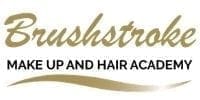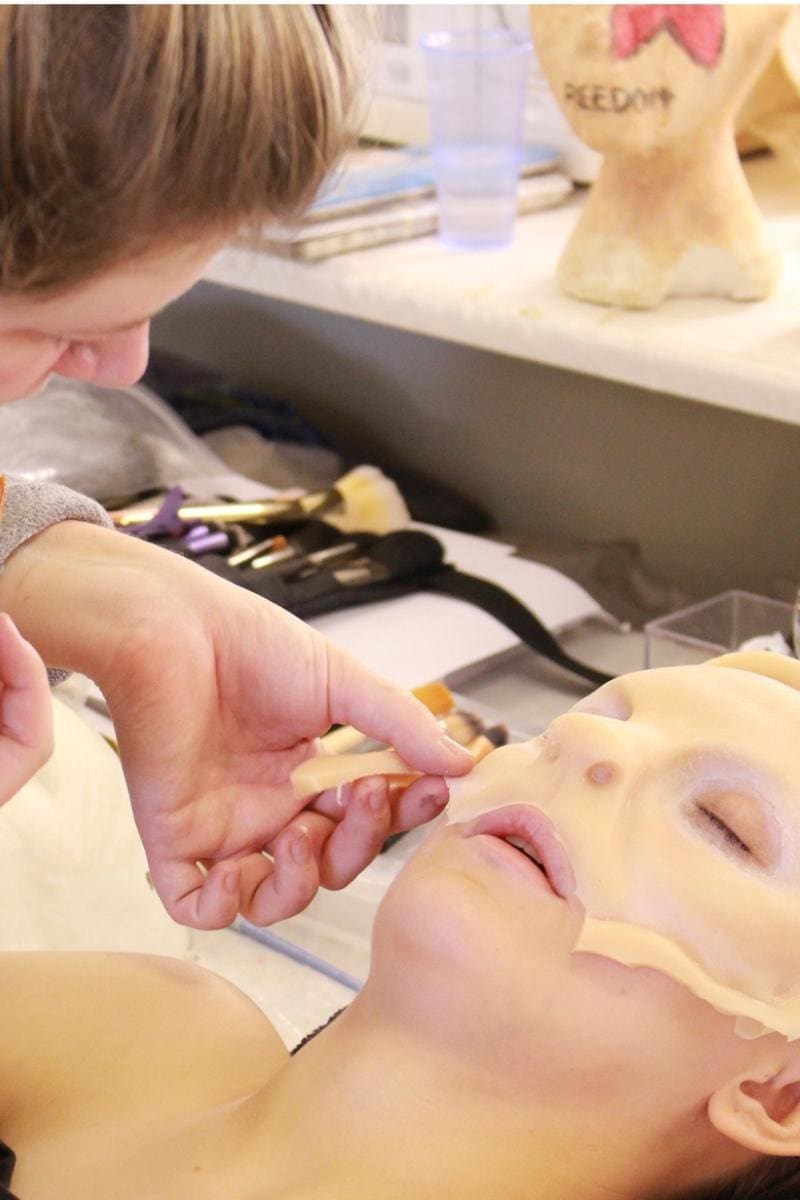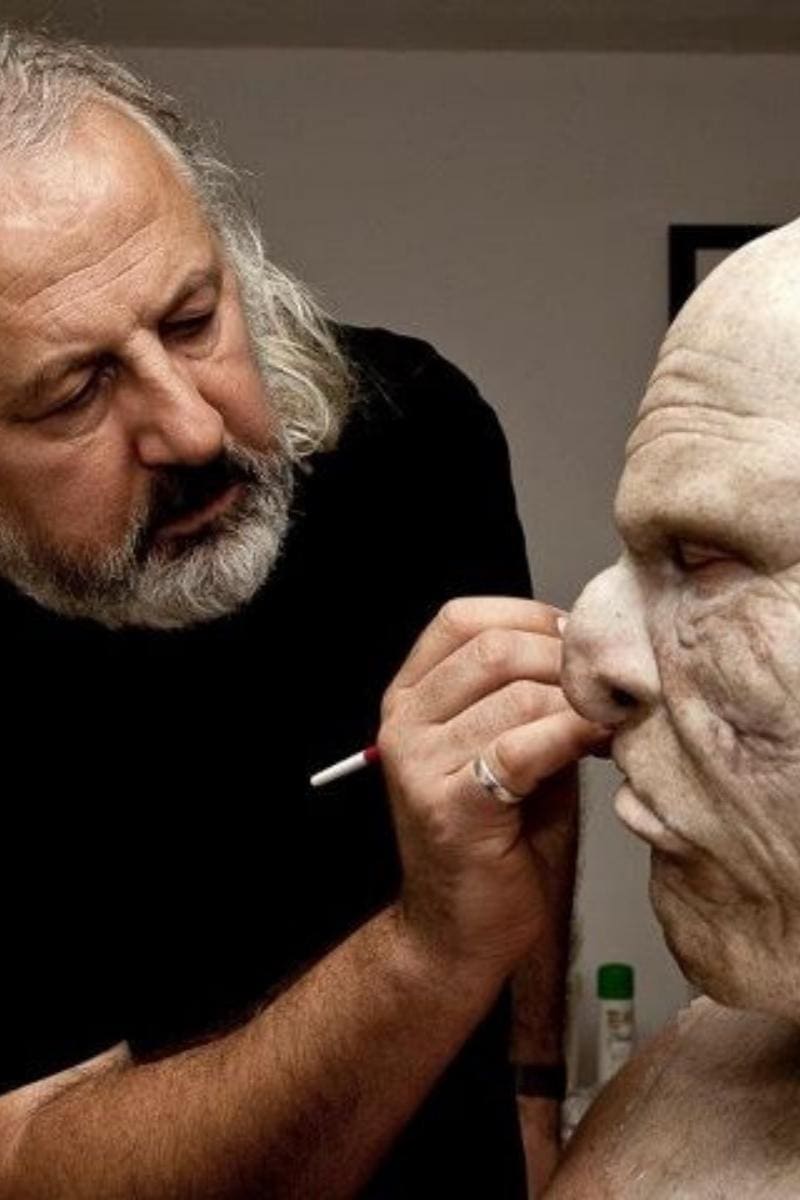What is Life Casting?
Lifecasting, in the context of makeup and special effects (SFX), refers to the process of creating a three-dimensional replica of a living human body or body part. This is typically done using molding and casting techniques. This comprehensive guide on Life Casting looks at the meaning, history, materials, and techniques used to capture lifelike imprints of the human body and use them for special effects in makeup. Whether you’re an aspiring makeup artist, or simply curious about life casting, this article looks the intricate and mesmerizing world of this art form.
What Exactly is Life Casting?
Life casting, at its core, is the art and practice of creating a three-dimensional copy of a living human body part. Through a meticulous process, artists capture the intricate details of hands, feet, faces, or even larger parts of the body, transforming them into fascinating sculptures and SFX makeup pieces. Typically it involves two steps:
Moulding: A mould is made directly on the person’s body. This usually involves applying a safe moulding material like alginate or silicone over the desired body part (such as the face, hand, or chest). The material captures every detail, including pores, wrinkles, hairs and scars.
Casting: Once the mould is set and removed, it becomes a negative imprint of that body part. A casting material, often plaster or resin, is poured into this mould to create the life cast. The result is a highly detailed, three-dimensional replica of the body part.
Beyond the obvious artistic value of life casting it is a key part of contemporary culture; from artistic sculptures and sentimental keepsakes, to custom prosthetics and dental moulds. In SFX and makeup, life casting is widely used for crafting prosthetics, aging actors, character transformations, simulating injuries, applying bald caps, creating fantasy looks, body painting, depicting diseases, war injuries, and realistic medical emergency simulations.
Historical Background of Life casting
The roots of life casting can be traced back to ancient civilisations, where there are instances of body impressions made in clay, mud, or other mouldable materials. One of the most famous early examples is the life cast face of the Egyptian boy king, Tutankhamun. These casts were not just artistic endeavours; they held spiritual and commemorative significance.
The Renaissance era brought with it a revived interest in the human form, and lifecasting techniques became an invaluable tool for artists striving for anatomical accuracy. It was during this period that renowned artists like Michelangelo might have employed rudimentary life casting methods to perfect their sculptures.
In the 19th and 20th centuries, advancements in materials, such as plaster and later silicone, allowed for even greater detail and durability in life casts. These advancements made the process more accessible, and it became popular not only among artists but also among common people wanting to capture personal milestones.
The latter part of the 20th century saw lifecasting branching into various fields – from Hollywood makeup and special effects to medical prosthetics. This expansion showcased the technique’s versatility, making it an integral part of both artistic and practical applications.
Throughout its evolution, life casting has remained a poignant method to immortalise the human experience, bearing witness to our journey through time and the milestones that define us.
Methods and Materials of Life casting
There are are range of materials and methods used for life casting. Techniques include direct moulding, splash cutting and waste moulding which are discussed below, along with materials: alginate, silicone and gelatine.
Techniques in Life casting:
Direct Moulding: The most widespread technique where a mould is taken directly from the person’s body part. This allows for a high level of detail and is suitable for capturing intricate features.
Splash Casting: Particularly used for faces, this involves applying a thickened lifecasting material onto the skin in a ‘splash’ manner, capturing the form swiftly.
Waste Moulding: This is a one-time-use mould where the moulding material must be removed in pieces, thus ‘wasting’ the mould to reveal the cast.
Popular Materials:
Plaster Bandages: A mainstay in lifecasting, plaster bandages are wrapped around the chosen body part. Once set, they provide a rigid mould that can capture good detail. They are affordable and easily available.
Alginate: A fast-setting material made from brown seaweed, alginate is renowned for its ability to reproduce fine details. It’s skin-safe and is often used for face and hand casts.
Silicone: With superior flexibility and detail-capturing capabilities, silicone is a favourite among many professional life casters. Its longevity and ability to produce multiple casts from a single mould make it a valuable tool in the lifecasting arsenal.
Gelatin: Used less commonly, gelatin can be employed for short-term moulds, especially in special effects makeup due to its compatibility with skin.
Steps in Lifecasting
- Preparation: The area to be cast is cleaned and, if necessary, hair is protected with a release agent to ensure easy removal.
- Moulding: The selected material is mixed and applied to the body. The individual must remain still during the setting period to ensure accurate capture.
- Demolding: After the material sets, it’s carefully removed, revealing a negative imprint of the body part.
- Casting: The negative mould is then filled with a casting medium – typically plaster, resin, or another material. This hardens to form the lifecast.
- Finishing Touches: The hardened life cast is then refined, imperfections are corrected, and sometimes it’s painted or sealed for preservation.
With an array of methods and materials at their disposal, today’s life casters have the tools to create lifelike representations that stand as a testament to both the subject and the artist’s skill.
Considering a Make up Career in Film, TV or Theatre?
Brushstroke Makeup Academy our 2 Year Hair Makeup Course includes a range of modules including special effects (SFX) and life casting. These techniques have been instrumental in shaping careers in film, television, and theatre. Our legacy is marked by alumni who are now industry stalwarts, and they owe their success to our expert-led training modules. If you’re envisioning a career where art meets innovation, here’s how Brushstroke can be your guide:
1. Tailored Life casting Courses
From beginners to professionals, our range of courses, including the 2-year BTEC and the 7-month ITEC, is meticulously designed to meet the industry’s evolving demands.
2. Practical Exposure in Renowned Studios
Our association with venues like Elstree Studios and Longcross Studios offers students a unique opportunity to experience the real-world demands of SFX makeup, a step beyond conventional learning.
3. Comprehensive SFX Training
Our curriculum isn’t just about mastering life casting. It’s about ensuring our students have a holistic understanding of makeup and hair, making them versatile artists in the industry.
4. Learn from the Pioneers
Our tutors bring in a wealth of experience. Having worked on real sets with top celebrities, they don’t just teach; they share industry secrets.
5. Tradition Meets Modernity
We believe in balancing the traditional techniques of SFX makeup with the latest innovations, giving our students an edge in the industry.
6. Career Navigation in SFX
Our training is comprehensive, covering not just techniques but also industry insights, role expectations, and set etiquettes.
7. Mastering Prosthetic Life casting
Life casting is an art, and we ensure our students are adept at skills like SFX and prosthetics which are in high demand in the industry.
8. Developing All-Round Professionals
Our focus isn’t just on makeup. We train our students in soft skills, research, and presentation, ensuring they are industry-ready.
Overall, Brushstroke offers you a platform where passion meets expertise. Explore our comprehensive two-year course that promises hands-on training, unparalleled industry insights, and a curriculum that’s both an art and a science. Begin your transformative journey with us. Whether it’s passion, ambition, or both driving you, Brushstroke is where your dream takes shape. Step into the enchanting world of SFX with a simple click or call. Join the Brushstroke legacy today!



